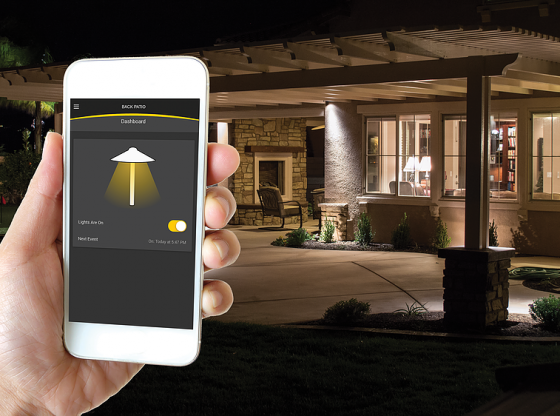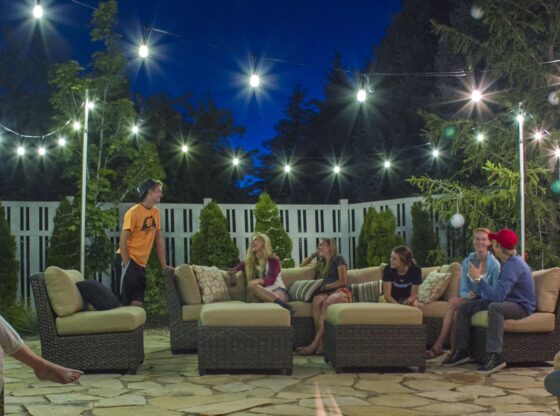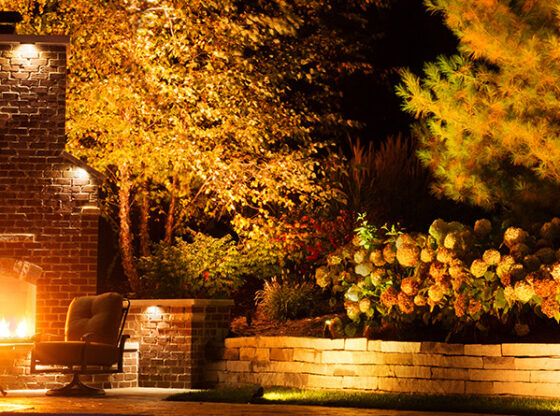No one likes to make mistakes, but the lessons you learn from then gives you the experience and knowledge you need to avoid repeating the same behavior. There’s no guarantee you’ll do every job perfectly, but being aware of some of the most common design mistakes can help you dodge certain oversights. If you’d like to steer clear of costly errors in your landscaping business, here are some things to consider.
1. Look at the Big Picture
Projects are mostly concentrated on monetary budgets. You can easily get caught up focusing on just one part of the project that is going to cost the most. If you are installing a landscape in phases, this can result in some of the new features not matching up with the rest of the design. Even if your budget is limited, look at the entire site. Draw up the whole design so you get a bigger finish for the design. Then, color in the one part that the customers are interested in right now, this will enable that the whole design will mesh and come together in the end. This is a great way for customers to come back to you, and it helps you not undo your own work later. It is also important to think about how materials will meet in the real world. A design may seem great on paper, but when it comes to the actual construction, things don’t always play out as you thought.
2. Take Advantage of Resources
Your experience isn’t necessarily linked to the number of years in the business. Designing a landscaping project for a homeowner may require additional help. Knowing when to call in an expert or ask around when you have a question may mean the difference between failure and success. For those who are still reluctant to reach out to those they consider their competitors, there are plenty of other resources available to expand your knowledge. Joining landscape associations provides networking opportunities and can help encourage you improve your professionalism. Resources like us, at Wolf Creek Company can answer questions on anything from piping to design.
3. Communicate with Customers
There is a difference between hearing and listening. Those who listen to their customers are going to bypass a lot of design problems by making sure that they are on the same page with their clients. The design process with customers can be tricky at times because occasionally they want something that is not feasible either because of the site or their budget. It’s your job to educate them and let them know what their options are.
When it comes to the site being incompatible with what the client has in mind, you need to let them know early on what the constraints are so they’re aware of what they cannot have. Explain why you made the design choices you did to get away from a lot of the miscommunication at the end. Sometimes you can assume the customer understands what you have in mind. But, then they are unhappy with how it turns out. It’s important to always check what their expectations are.
4. Think of the Future
Sometimes when designing it can be easy to only think about what the landscape will look like immediately after you’ve finished, but there are many considerations to keep in mind when choosing plant materials.
One common mistake is planting trees too close to buildings or walkways, while not considering their full height. It may look a little out of place for a while, but the final size of the plant will need that space. For plants, consider the hardiness for the environment it will be in. Shade and temperature may not work well with the plant you have in mind.
Take a step back. Try to imagine the view of the landscape from the street and indoors. Planting large bushes are not a good idea in areas they will block a beautiful view. You want an all around beautiful landscape.
5. Remember Technical Features
One of the most common landscaping design mistake is grading. Identifying slope change is important to avoid an uncomfortable design. Other common mistakes are, making walkways too narrow and outdoor steps too high. Also, keep flow patterns in mind. There should be a minimum of four to six feet for walking between key areas. When working with hardscape material that you plan to curve, always order extra to have enough room for cuts.
6. Own up to your mistakes
Lastly, own up to your mistakes. What any landscaper can tell you is that you will make mistakes for one reason or the other, but there is only one good way how to handle them. The best thing is always just to fix it and acknowledge the responsibility of it. The reputation you have with the client is more important than the money you make or lose. You can’t put the responsibility of learning on your clients. You can’t charge them for that. Eat it as part of the cost of learning.












I never took into account how the height of the steps or size of the walkway could affect the overall feel of a landscape. My parents have a path in their backyard and I’m often tripping on the stones. They might want to look into getting different stones that fit the landscape better next time.
I like your idea to look at the big picture. I plan to installing my landscape in phases, so it’d be a good idea to plan everything out beforehand so that the styles aren’t mismatched like you said. I’ve just been waiting for summer to roll around so I can get this taken care of.
I think communication is the key to keeping a good reputation. You don’t want your customers to feel distant from you and you want them to come to you with questions and concerns. I would be sure and establish this early.
I appreciate the tips on common landscape design tips, it was very helpful. I agree that it is important to ensure that you are keeping the big picture in mind, sometimes it can be easy to get stuck on the small things but it can be helpful to keep the entire picture in mind. My mom is getting her yard landscaped soon, I will be sure to share these tips with her so she can get the best result possible.